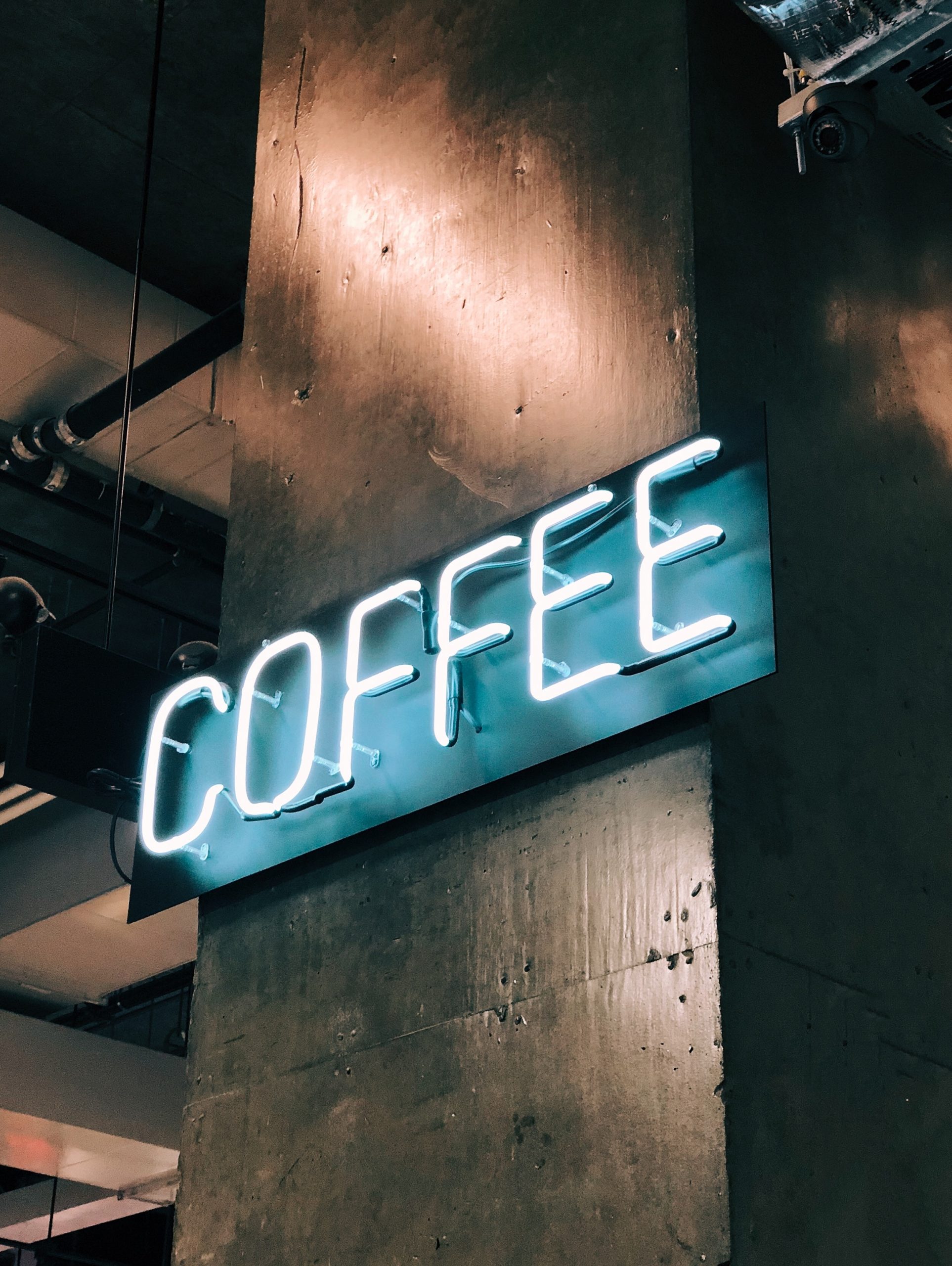MOQ is a business lingo that is loosely thrown around in many business circles today. Very few people who litter this acronym all over their proposals and request orders know what it means or entails.
Here’s a big reveal on MOQs, what they are, why it is important and the distinguishing characteristics between an MOQ and an EOQ.
MOQ is short for Minimum Order Quantity. It denotes the least amount of goods you can buy from a supplier. An MOQ is calculated in terms of units and price, although this may vary according to the company.
In this article, we will go into detail about the meaning of MOQ and its significance in e-commerce.
What Does Minimum Order Quantity (MOQ) Mean?
Minimum order quantity (MOQ) refers to the benchmark unit set by a seller for product orders. This means a seller will only agree to supply a product in bulk if the seller agrees to buy a minimum quantity.
Let’s say you run an e-commerce store and wish to stock a particular product, boots for instance, from a supplier. You want only twelve pairs of boots.
However, the supplier says the least it will produce for a single order is 20 pairs of boots. In this case, 20 pairs of boots are the minimum order quantity for that supplier.
The MOQ of each supplier varies based on different factors. Some suppliers have high MOQs that put them out of the reach of small e-commerce stores that cannot afford to hold high inventory.
On the flip side, some suppliers have low MOQs — but these are often small suppliers just starting. The low MOQ is a strategy to build a solid customer base before expanding later.
Why is MOQ Important?
To most people, MOQs place unfair limitations on a business, forcing them to buy more goods than they may need. However, an MOQ is crucial to the survival of producers and keeps them in business.
Let’s explain.
For manufacturers, the MOQ is the unit of goods, which, when sold off, will cover production expenses and guarantee profits. In other words, the manufacturer has to sell a minimum number of quantities if they want to break even.
If the manufacturer sells below that MOQ, it cannot handle production costs, let alone make a profit. That means running at constant losses, which is bad for business.
We have explained why suppliers consider MOQs important. But what significance does the MOQ have for your e-commerce business?
The following are reasons e-commerce sellers must note the MOQ when attempting to source for products:
Determines inventory
The MOQ of a manufacturer determines how many units of a product you have to buy. As such, the MOQ is one of the biggest factors affecting your inventory.
Influences choice of supplier(s)
Many considerations influence an e-commerce seller’s choice of suppliers. Apart from price, no other factor determines the supplier(s) you patronise than the MOQ.
If you’re a big e-commerce enterprise, then a supplier with a high MOQ won’t be problematic. However, a small online shop just getting its bearings will be better off buying from a supplier with a low MOQ.
Affects the choices of products
The MOQ also affects the products you sell on your e-commerce site. If the manufacturer slaps a high MOQ on a product, your small e-commerce business must consider other options.
But, if your store enjoys enough demand to justify buying the MOQ, then you can buy it. Just make sure that buying the MOQ is cost-effective for your business.
The impact of MOQ on the product catalogue explains its inclusion in product research. While researching what products to stock, consider their MOQ and check if they suit your needs.
Affects the flow of cash
The MOQ affects the cash flow or liquidity of your e-commerce business. It directly controls the inventory and dictates how much money is tied up in products.
Dealing with suppliers with high MOQs? That means your business will be bereft of cash since most of the money has gone towards buying stock.
This will affect your budget for other aspects of your business including:
● Advertising and promotions;
● Marketing and sales efforts;
● Growth and expansion, etc.
Influences product pricing and profits
As with manufacturers, the MOQ plays a large role in the profit of an e-commerce enterprise. In particular, the MOQ attached to a particular product dictates how many units you must sell to make profits.
The MOQ will also influence the prices you set on different products.
Here’s an illustration:
You buy a cookie with a MOQ of 10 units at $2. Then you decide to re-sell each cookie at $3, which nets you $10 in profits.
Now, imagine the MOQ was 5 units; but the price remained at $2 per cookie. If you decide to sell at the same $3, the total profit will amount to just $5. To make $10 in profits, you will need to raise the price of each cookie to $4.
What Does FOB and MOQ Mean?
Suppliers use Minimum Order Quantity (MOQ) to maximise profit made from the production and sale of a product. The manufacturer will decline requests to sell below the MOQ, as it will harm profitability.
FOB is a term in e-commerce that means Free on Board or Freight on Board.
FOB is used to denote the party responsible for paying for the shipping of goods (the buyer or the seller). It also states who is responsible for any damage, theft or loss of the goods in transit.
FOB comes into two types:
FOB Destination
Goods marked FOB Destination are shipped by the seller to the buyer’s destination. The seller pays shipping costs and bears responsibility for theft or damage to the goods.
FOB Origin
Goods marked FOB Origin are shipped by the buyer to the eventual destination. The buyer has to pay for shipping and bear responsibility for any damage that affects the goods.
What is the Difference Between MOQ and EOQ?
E-commerce sellers use the Economic Order Quantity (EOQ) to control the size of their inventory. The EOQ is the sweet spot where your inventory is enough to satisfy demand but isn’t excessive to incur additional storage costs.
The main objective of the EOQ is to limit ordering and holding costs on the part of the seller. Ordering costs are costs incurred when buying products. Holding costs are incurred during the storage of products.
The EOQ helps maintain liquidity in a business by regulating the amount of cash tied up in the inventory. This frees up funds that businesses can use for other purposes.
The EOQ is very different from the MOQ. Sellers use EOQ while suppliers/manufacturers use MOQ. As an e-commerce seller, it is important to ensure that the MOQ doesn’t exceed your EOQ.
What to consider when calculating the EOQ:
Holding Cost: This is the cost of holding inventory, i.e., storing unsold goods. As an e-commerce seller, keeping inventory costs down is crucial.
Annual Demand: This refers to the annual demand trends for a particular product. To get an idea of product demand, examine past order records. This will show how much product you sell annually.
Order Cost: This is also referred to as the setup cost. It denotes how much is spent on procuring a product, including the costs of shipping and handling the products.
The formula for calculating EOQ is:
The square root of [2SD]/H
‘S’ — Setup costs (cost per product including shipping/handling fees)
‘D’ — Demand (quantities sold per year)
‘H’ — Holding costs (cost of storing product per year including storage costs, depreciation, employee salaries, etc .)
How is MOQ Calculated?
There is no agreed calculation for Minimum Order Quantity (MOQ). The MOQ of the product will vary according to the manufacturer and the attributes of the product itself. For example, small wholesalers have low MOQs, while large-scale wholesalers have higher MOQs.
If you’re asking, “How do you set MOQ?” You might not get a definite answer. Remember the MOQ is used to determine target profit margins on your product, so you have to set it based on various factors.
By taking into consideration the following factors, you can arrive at an MOQ that favours your business:
Demand for product: The product demand rate is influenced by seasonal and geographical factors, product type, and previous orders.
Variable costs: This involves production, storage, and distribution costs. These costs should influence the pricing and MOQ for products.
Break-even point: The break-even point is the sweet spot where sales revenue covers operational and production costs. In other words, you break even when you make a profit.
Conclusion
Understanding the basic concepts of MOQ and EOQ will do wonders for your e-commerce business. Hitting on the perfect MOQ and EOQ rates provides many benefits including better inventory control, increased sales, and low storage costs.
Knowing the meaning of MOQ and EOQ may give you a good inventory, but you need a great e-commerce website to attract enough buyers for your inventory.
Daalder offers the best Laravel-powered solution to help create a safe, secure, and scalable e-commerce site. Drop a message today to request a demo!

